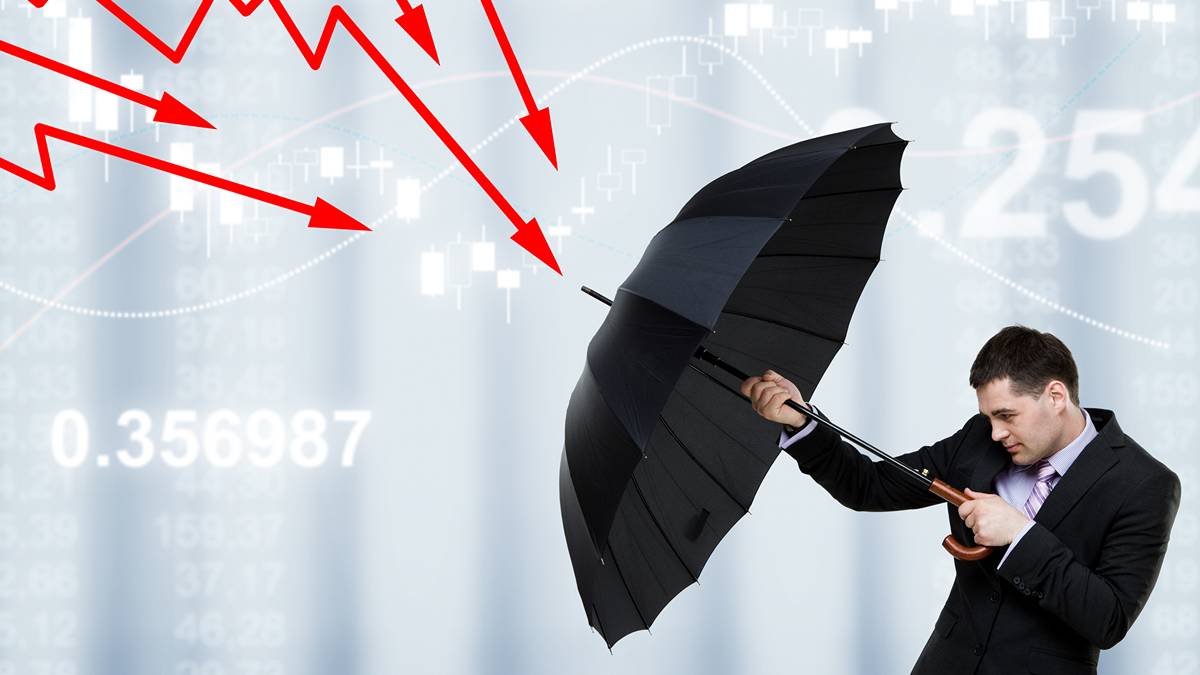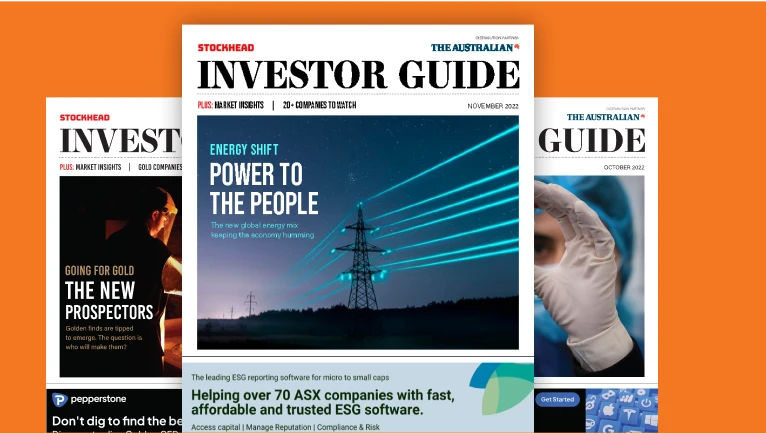BHP Results: Big Australian’s profit drops to lowest in five years, but dividend beats forecasts and copper grows

BHP's copper growth is helping it weather the storm. But lower iron ore prices have trimmed profits. Pic: Getty Images
- BHP reports smallest profit in five years, but beats consensus forecasts on payout
- Copper now 45% of BHP earnings, as Big Australian eyes big growth in demand
- Some Queensland met coal production could be shut as low prices, high royalty rates bite
BHP (ASX:BHP) has slumped to its smallest profit since 2020, less than half the US$21.3bn record it generated in 2022.
The company’s underlying attributable profit dropped 26% to US$10.2bn on an 8% drop in revenue to US$51.3bn, with underlying EBITDA down 10% to US$26bn.
But the world’s biggest miner delivered a beat against consensus on its final FY25 dividend, paying out US60 cents or US$3bn (down from US74c in 2024), to add to its US50c payout from the half year.
The 60% payout ratio ran above the 50% minimum, with the street having forecast US51c for the final payout. However, it remains the company’s slimmest final payout in raw terms since 2017’s US43c.
It came as BHP hailed stronger-than-expected commodity demand in the second half of the financial year, with prices in its key segments of iron ore and copper remaining resilient.
“The global economic outlook is mixed. Growth is expected to ease to 3% or slightly below in the near-term amid shifting trade policies, yet demand for commodities remains strong, particularly in China and India,” BHP CEO Mike Henry said.
“Chinese copper demand outperformed in FY25, while iron ore demand was resilient, driven by strong infrastructure investment and manufacturing activity in China. Steelmaking coal prices have softened due to oversupply, though policy shifts in China and new blast furnace capacity in Asia are expected to support the market.
“Potash markets are expected to continue to benefit from a growing and wealthier population and the need for more sustainable agriculture. We remain confident in the long-term fundamentals of steelmaking materials, copper and fertilisers, which are critical to global growth, urbanisation and the energy transition.
“Backed by a diversified portfolio of large, long-life assets, disciplined low-cost operations and a strong balance sheet, BHP is well-positioned to deliver enduring value through the cycle.”
Copper growth stands out
BHP lifted copper production to 2Mt for the first time, up 28% on three years ago, heavily driven by a 16% lift at Escondida in Chile, the largest copper mine in the world.
Previously anchored to iron ore, BHP now extracts 45% of its EBITDA from copper.
Copper EBITDA rose 44% to US$12.4bn, with BHP bullish on the long-term outlook for copper demand, saying the world will need 10Mt of annual new supply in the next 10 years.
Its iron ore division delivered a 290Mt record, with dreams to push that over the medium term to 305Mtpa+.
WA Iron Ore is still the largest contributor for the mining giant, though underlying EBITDA fell 24% to US$14.4bn, 53% of overall underlying EBITDA.
Prices tumbled 19% to US$82.13/wmt, though BHP continues to see protection in the US$80-100/t range with 60% of the 180Mt of higher cost supply costing more than US$90/t to produce.
Meanwhile, BHP could shut ‘lower margin areas’ of its BMA coal operations in Queensland if met coal prices continue to remain mild.
It comes with Queensland hosting some of the highest royalty rates in the world, a holdover from the commodity’s cash cow days post Russia-Ukraine invasion in 2022. Henry says BHP was paying an effective tax rate of 67% on its met coal assets.
Prices fell 27% from US$266.06/t to US$193.82/t, with prices for the Mt Arthur thermal coal operation in New South Wales down 11% to US$107.80/t.
Underlying EBITDA was 75% lower for the coal businesses at just US$600m, 2% of BHP’s total.
BHP produced 18Mt at its BMA coking mines in Queensland, down 19% YoY, with unit costs 7% higher at US$127.50/t.
It plans to lift production to 21.5-22.5Mtpa (43-45Mtpa for 100%) over the medium term, trimming unit costs to under US$110/t.
Mt Arthur EBITDA fell 62% to US$200m on 15Mt of output, with the mine due to close by mid-2030. BHP has increased its closure provision from US$700m to US$1bn. Studies are under way to see if the mine can be converted into a pumped hydro storage project.
Capex rose 6% to US$9.8bn, with net debt up by US$3.8bn to US$12.9bn, while BHP adjusted its target range to prepare for a period of higher spending.
That’s lifted from US$5-15bn to US$10-20bn, with BHP’s CFO Vandita Pant saying marginal costs have been moved significantly higher since the last time the net debt target range was adjusted in 2022.
Capital and exploration expenditure will rise to US$11bn in FY26 and FY27, before falling back to US$10bn in each year from FY28-30.
Nickel West sale a possibility
BHP meanwhile is reviewing the potential sale of its Nickel West business in WA as part of a review after shutting the operations due to low prices at the end of 2024.
Nickel prices were hammered in recent years as Indonesia rapidly expanded supply of the stainless steel and EV battery metal.
It prompted BHP to shutter its high-cost WA assets, which saw production drop 63% from 82,000t to 30,000t in FY25 as the closure was introduced progressively across the year.
Answering questions from media, Henry said a sale was not the ‘preferred outcome’, but that BHP needed to review whether it was the best owner for the assets, which it will assess reopening in February 2027, based on market conditions.
Nickel West contains the Kalgoorlie smelter, one of a handful of advanced refineries in Australia, where high power prices and falling competitiveness with overseas jurisdictions is threatening the future of advanced manufacturing.
A government bailout this month was announced to keep Nyrstar’s zinc and lead refineries running in South Australia and Tasmania, while Glencore looks odds on to announce the closure of the Mt Isa copper smelter if it doesn’t reach an agreement for government assistance.
Henry said BHP would still pursue the future expansion of its copper smelter at Olympic Dam, which needs a bespoke smelting process to handle its ore’s high uranium content.
But he warned power prices made other operations in the country unattractive.
“Australia has become a high-cost place to build things and in terms of the operating cost, energy is one of the key inputs for smelting,” he said.
“And electricity costs in Australia are two or more times higher than they are in Canada, Indonesia and other countries and 50% higher than they are at least than the US, so that makes it more expensive.”
BHP shares rose 0.68% to $41.75 in early trade and are up 3.78% YTD.

UNLOCK INSIGHTS
Discover the untold stories of emerging ASX stocks.
Daily news and expert analysis, it's free to subscribe.
By proceeding, you confirm you understand that we handle personal information in accordance with our Privacy Policy.








